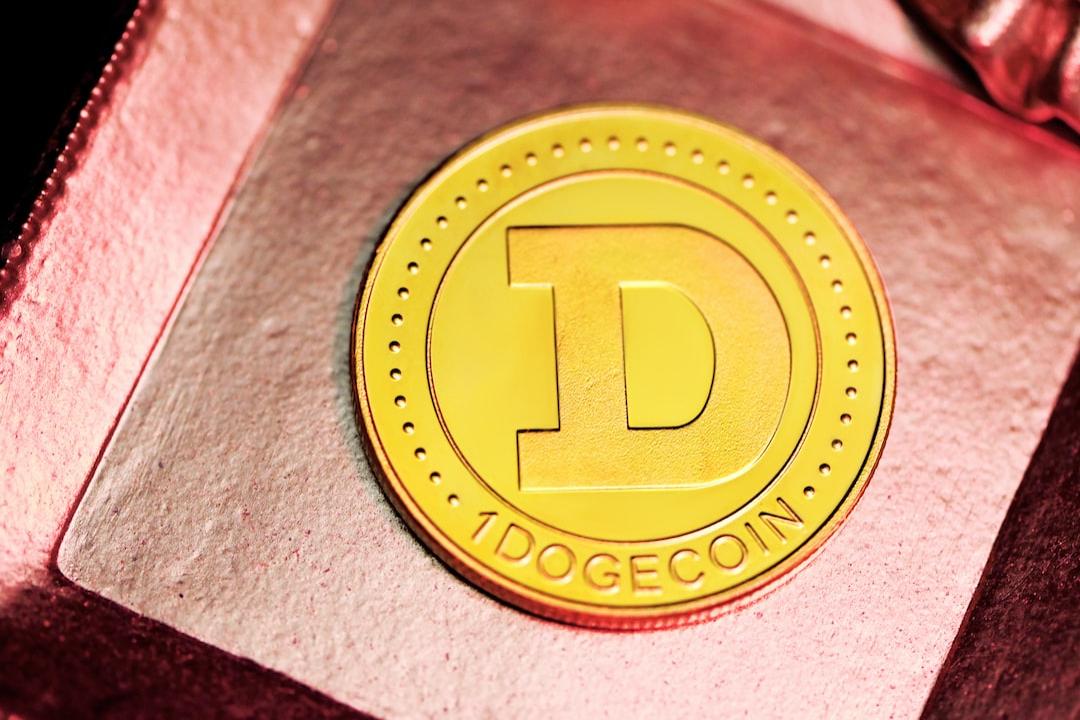Crypto industry leaders are making a strong push to change how stablecoins are regulated, aiming to secure the right to offer interest to holders.
Aqua Ad Server Asynchronous JS Tag – Generated with Revive Adserver v5.5.2
As Congress debates new legislation, executives are advocating for rules that would let stablecoin issuers pass on yields from investments, similar to how banks pay interest to account holders. The concept hinges on the way stablecoins maintain their value. Typically pegged to assets like the US dollar, these digital currencies are backed by reserves often invested in low-risk securities such as US Treasuries. While these investments generate returns, current laws prevent stablecoin issuers from distributing that income to users, unlike traditional savings accounts.
Aqua Ad Server Asynchronous JS Tag – Generated with Revive Adserver v5.5.2
Coinbase CEO Brian Armstrong has voiced frustration over this discrepancy, arguing that stablecoins should be treated the same as bank accounts when it comes to earning interest. He believes that the existing legal framework unfairly burdens stablecoin issuers with complicated disclosure requirements and tax issues, unlike conventional savings products.
READ MORE:

Crypto Regulation Talks Continue: SEC Schedules Roundtable for April
The push for regulatory change comes as lawmakers recently moved forward with two key bills. The Senate Banking Committee approved the GENIUS Act with bipartisan support, while the House Financial Services Committee passed the STABLE Act of 2025. However, the two bills differ significantly: the STABLE Act explicitly prohibits interest payments on stablecoins, while the GENIUS Act remains vague on the issue. Behind the scenes, there are indications that some legislators might be willing to revisit the question of allowing interest payments on stablecoin holdings. However, the proposal faces resistance from traditional finance. The American Bankers Association has raised concerns, warning that enabling stablecoin interest could drive customers away from banks and into digital wallets, potentially disrupting the banking sector’s credit functions.
Coinzilla Banner 300×250
This growing debate reflects the broader struggle between innovation in the crypto space and the established norms of traditional banking, with both sides vying for influence as the regulatory framework takes shape.

Alexander Stefanov


